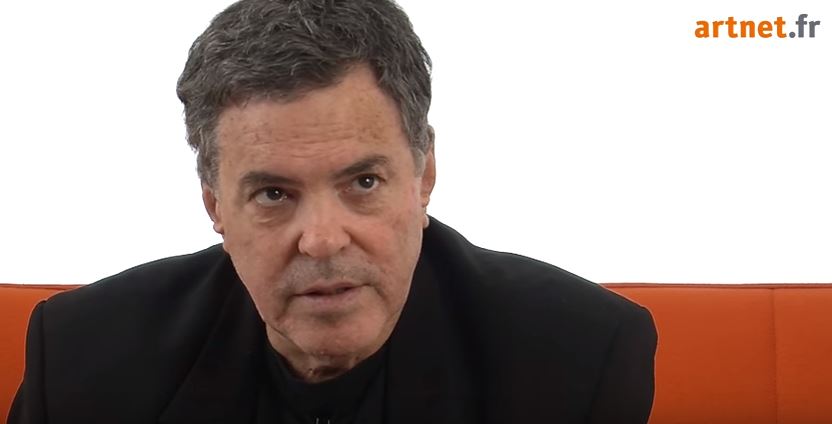
“I was supposed to follow in the footsteps of my father,” Amos Gitaï confesses in the video above. His father, Munio Weinraub, was an architecture student at the Bauhaus school in Dessau, Germany, before he emigrated to Haifa, Israel, in 1934.
The turning point for Gitaï, who was raised in Israel, came when he was pursuing architecture studies in California. He was called up to serve in the 1973 Arab-Israeli War, and while shooting 8mm footage, he was inspired to make documentaries that focus on the Middle East and Jewish-Arab conflicts. In 1979, he directed his first feature, Home, which was banned in Israel and later presented at international film festivals in Berlin and Rotterdam. In the 1980s, Gitaï moved to France to pursue his filmmaking career, and directed several narrative features, including Esther and The Spirit of Exile. His 1989 film, Berlin-Jerusalem, represented Israel in the Venice Film Festival that year.
Gitaï returned to Israel following the 1992 election of progressive leader Yitzhak Rabin. Among the movies he made there were Kadosh, Kippur, Promised Land, and Free Zone, for which the actress Hanna Laslo won the Best Actress Award at the Cannes Film Festival in 2005. His upcoming film, Le Dernier jour de Rabin, will chronicle the leader’s last hours before his assassination.
In addition to his well-known filmmaking career, he has also worked in other media, such as theater, installation, and photography. In 2003, the Centre Pompidou in Paris showcased the first complete retrospective of his work alongside an exhibition of 88 stills from his films. In 2011, various exhibitions were held at the Palais de Tokyo in Paris, at the Bauhaus in Dessau, Germany, and at The Museum of Modern Art in New York, among others. This past January, Galerie Thaddaeus Ropac in Salzburg presented two Super 8 films alongside his photographic series, where he decoded and conducted a post-mortem on the moment when the experience of what has happened turns into personal memory.
In the video above, Gitaï speaks to the connection between cinema and photography, and relays his unusual influences.